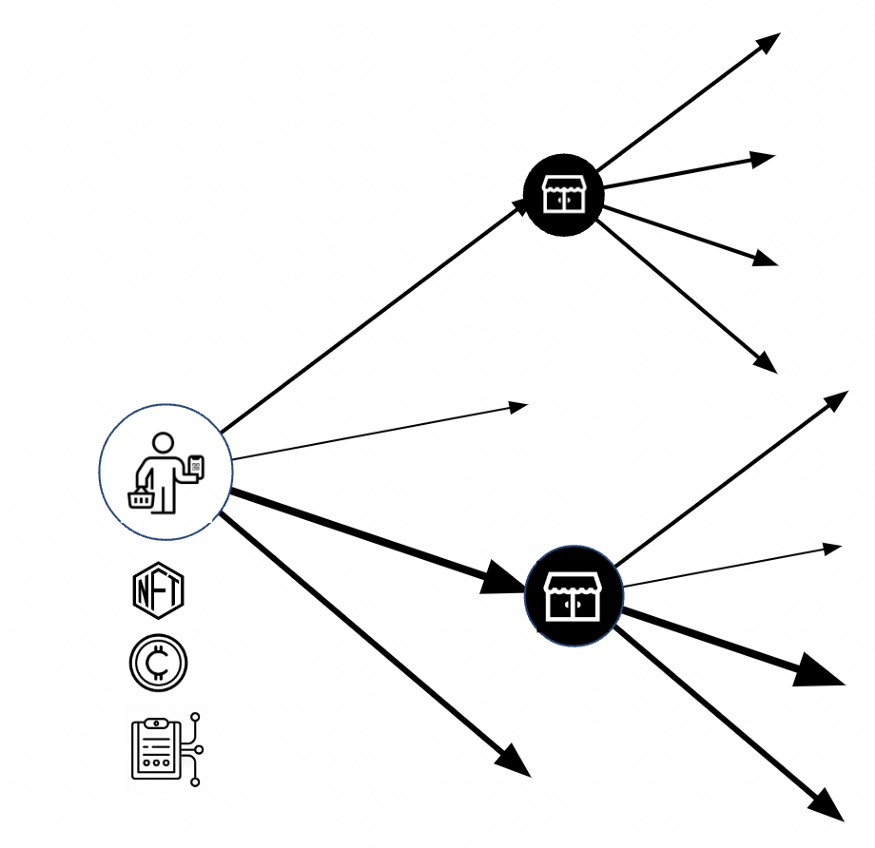This is all about the payment being split at the start, and the new payment terminals showing QR codes or our phones doing this work add a new level of information to make this possible. And with us using our phones for payment allows the display of the full detail of the transaction, not just approving the settlement as we do currently which improves security and controls. But the big area will be the SDK’s that can be placed into many systems to make this fully automated and open new models of pricing.
Examples of the impact of this.
Think about the Uber driver; they currently wait up to 10 days before getting paid for a drive, and Uber takes 27.5%. The driver then has to take that money and pay everyone else. Under this new model, 5 seconds after you get out of the car, they get paid their part, insurance is paid for the milage done, the fiance company or car owner gets paid as a percentage of the transaction. Uber isn’t a bank or an employer anymore as well as they aren’t paying the driver now, you are, which decreases its costs as well.
Uber has agreed to pay New Jersey $100M in back taxes after the state said that the company had misclassified its drivers as independent contractors
Now for a local business like the Yoga studio or the Online Yoga video (what we are already working on). Under the studio model, the teacher gets paid two weeks after the class and normally at the end of the month all others are paid. Now, when you turn up to a class and sign in, the teacher, landlord, insurance and the studio are all paid at once. And the same for the online video; when you watch it, the teacher is getting paid, and as we now don’t have minimum transactions, then $0.10 payment works instead of waiting until the minim amount to payout is reached.
Summary
Splitting the payment at the start to all parties can have a massive impact now, reaching the final objective of no middlemen and being real-time. This means money is flowing, not being held in place and operating under clearly defined rules, a whole new paradigm for money movement that we can trust as it is built on a system of distrust. Just think about GST/VAT we pay in this could be embedded in the transaction and is two-way, how much less work and fraud would happen.
And on a global basis, this 10% is now back flowing in the transaction stream (GDP) with added economic impact and decreasing the risk that the invisible banks has, especially when they fail or have their cashflow crunched.
Come and talk to us as we build out this protocol and support SDKs to make this work. Already have linked to our online Yoga Platform, created a plugin for MindBody Online (80k business use this including our Yoga Studios) and created a QR model that anyone can use.
www.vault3.net
Peter Tippett















